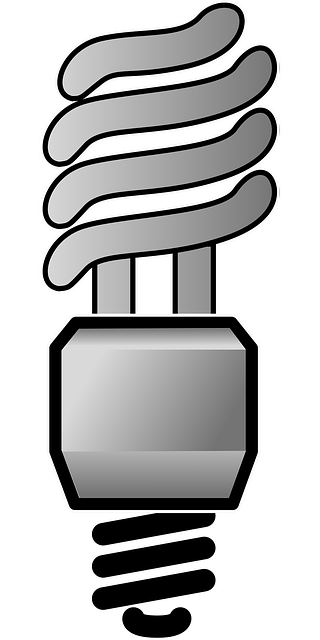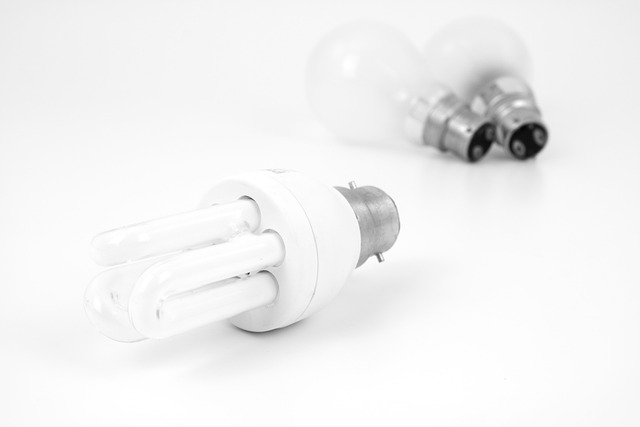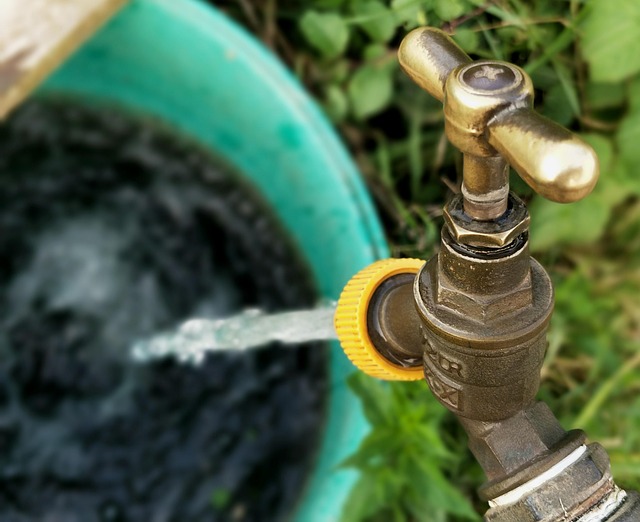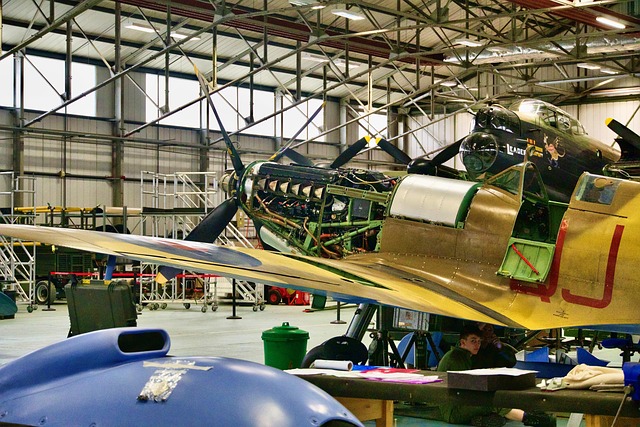Pipe joint failures in critical infrastructure can be prevented through proactive identification and regular assessment. Common failure modes include pressure overload, corrosion, temperature stress, and misalignment, each requiring specific mitigation strategies. Non-destructive testing methods and visual inspections, conducted through regular assessments, detect issues early, minimizing damage and disruptions. Corrective measures, implemented after identifying problems, range from sealing leaks to restructuring. A well-prepared emergency response plan, integrated with routine maintenance, enhances swift problem resolution, saving costs, safeguarding personnel, and maintaining system reliability.
Regular assessments are key to preventing costly and dangerous pipe joint failures. By understanding common failure modes, you can implement effective preventive measures. This article explores the vital role of routine inspections in identifying potential issues, from visual examinations to advanced non-destructive testing. Learn about various assessment techniques, common problem areas, and corrective actions. Additionally, discover strategies for emergency preparedness, ensuring swift responses when issues arise, ultimately enhancing overall system reliability and safety.
- Understanding Pipe Joint Failure Modes
- The Role of Regular Assessments in Prevention
- Types of Inspection Techniques for Pipe Joints
- Identifying Common Issues Through Assessment
- Implementing Corrective Measures Post-Assessment
- Emergency Preparedness: What to Do When Issues Arise
Understanding Pipe Joint Failure Modes

Pipe joint failures can occur in various modes, each with distinct characteristics and potential implications. Understanding these failure modes is crucial for effective emergency prevention. One common mode is over-pressure, where excessive internal pressure exceeds the joint’s design capacity, leading to leaks or even complete failure. This often results from pump malfunction, blocked lines, or incorrect system operation. Another significant mode is corrosion, particularly in harsh environments, where metal joints degrade over time due to exposure to corrosive substances, leading to weakened connections.
Additionally, temperature-induced failures are not uncommon, with thermal expansion and contraction causing joint stress, especially at abrupt transitions. Misalignment during installation can also lead to early failure, as it introduces excessive stresses at specific points within the joint. By identifying these potential issues and implementing regular assessments, maintenance teams can proactively address problems before they escalate, thereby enhancing overall system reliability and safety in critical infrastructure settings.
The Role of Regular Assessments in Prevention

Regular assessments play a pivotal role in preventing pipe joint issues, which are often invisible until they escalate into costly emergencies. By scheduling routine inspections, maintenance teams can identify minor flaws or leaks before they turn into major problems. This proactive approach to maintenance not only saves on repair costs but also minimizes disruptions to critical services like water supply and waste management.
These assessments enable the early detection of corrosion, weak joints, or improper installations, all of which are common causes of pipe failures. Through non-destructive testing methods and meticulous visual inspections, maintenance professionals can assess the condition of pipes and joints without causing damage. This data is crucial for implementing targeted repairs or replacements, ensuring the longevity of infrastructure and maintaining optimal system performance.
Types of Inspection Techniques for Pipe Joints

Regular assessments play a pivotal role in detecting pipe joint issues, ultimately serving as a robust tool for emergency prevention. The choice of inspection technique depends on factors such as the type of joint, environmental conditions, and accessibility. Non-destructive testing (NDT) methods are often preferred due to their ability to assess pipe integrity without causing damage, enabling continuous monitoring without disrupting operations.
Common NDT techniques include ultrasonics, magnetic particle inspection, and radiographic testing. Ultrasonics uses high-frequency sound waves to detect cracks or defects in the joint’s surface. Magnetic particle inspection involves applying a magnetic field to attract iron particles to any leaks or discontinuities. Radiographic testing, on the other hand, employs X-rays or gamma rays to create detailed images of the joint, revealing internal flaws that might be invisible to the naked eye. These techniques contribute significantly to early issue detection, facilitating timely repairs and mitigating potential emergencies.
Identifying Common Issues Through Assessment

Regular assessments play a pivotal role in identifying common pipe joint issues before they escalate into major emergencies. Through meticulous inspection and advanced diagnostic tools, professionals can uncover subtle signs of wear and tear, corrosion, or improper installations that might go unnoticed during routine checks. By addressing these issues early, preventive measures can be taken to avoid costly repairs, downtime disruptions, and potential safety hazards.
These assessments provide a comprehensive view of the pipe joint’s condition, allowing for targeted interventions. Common problems such as loose connections, crack formations, or leaks can be detected, leading to swift remediation. This proactive approach to emergency prevention not only ensures the integrity of plumbing systems but also promotes longevity and optimal performance, contributing to overall facility management efficiency.
Implementing Corrective Measures Post-Assessment

After identifying pipe joint issues through regular assessments, implementing corrective measures is paramount for emergency prevention. The first step involves addressing leaks or defects immediately to avoid potential damage and costly repairs. This can range from simple sealing or replacement of worn-out joints to more complex restructuring or rerouting of pipes.
Effective emergency prevention also includes developing a proactive maintenance plan. This entails setting up regular inspection routines, employing advanced monitoring technologies to detect anomalies early on, and ensuring proper training for facility management personnel. By integrating these measures, organizations can significantly reduce the likelihood of pipe joint failures, minimizing disruptions and associated financial burdens.
Emergency Preparedness: What to Do When Issues Arise

In the event of detected pipe joint issues, immediate action is crucial for effective emergency prevention. The first step is to isolate the affected area to prevent further damage and potential hazards. This may involve shutting down the water supply or temporarily halting specific processes depending on the industry and setup. Having a well-rehearsed emergency response plan in place ensures that everyone involved knows their role, enhancing swift and efficient handling of the situation.
Regular assessments play a vital role in fostering emergency preparedness. By identifying potential pipe joint issues early, maintenance teams can implement preventive measures, reducing the likelihood of catastrophic failures. This proactive approach not only saves costs but also safeguards personnel and facilities from unexpected disruptions or disasters.






